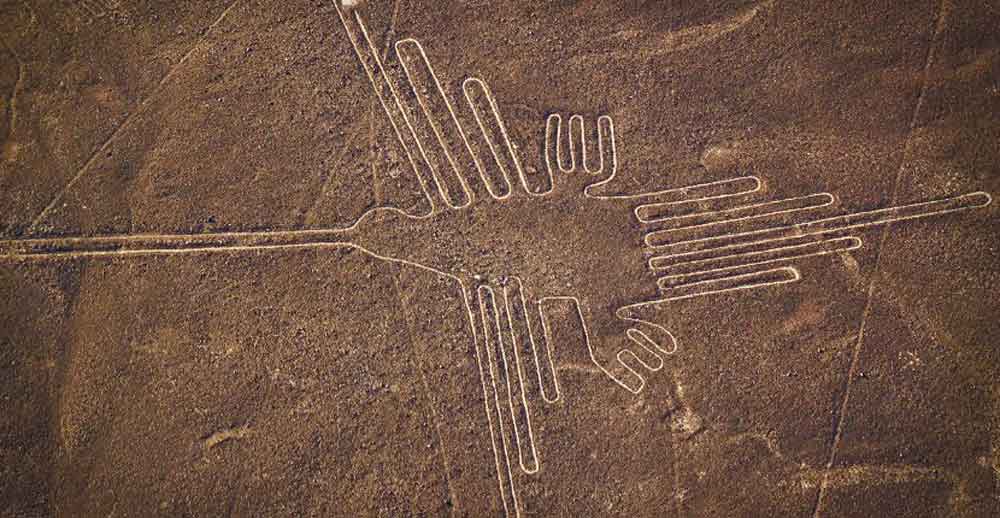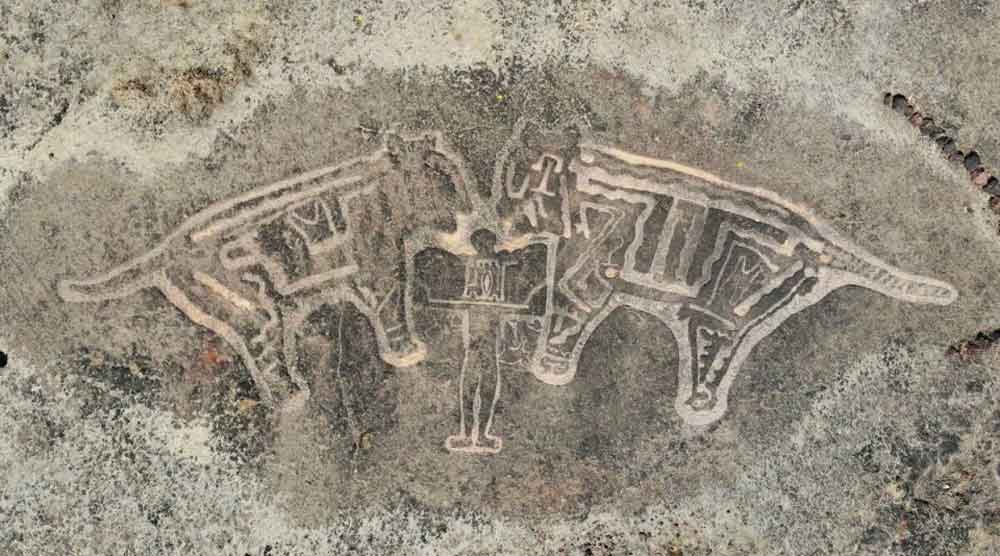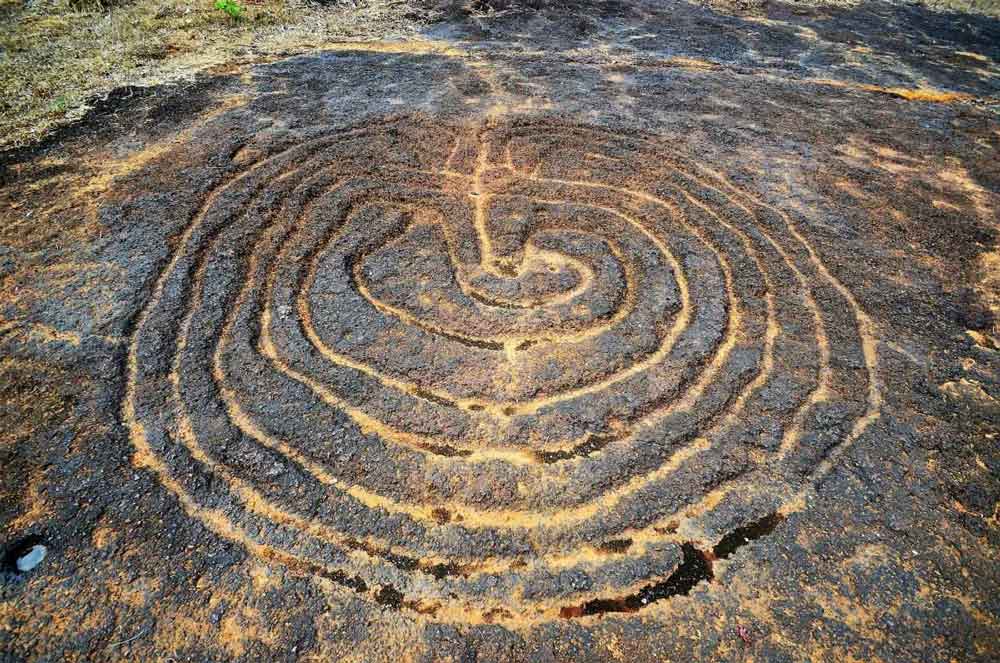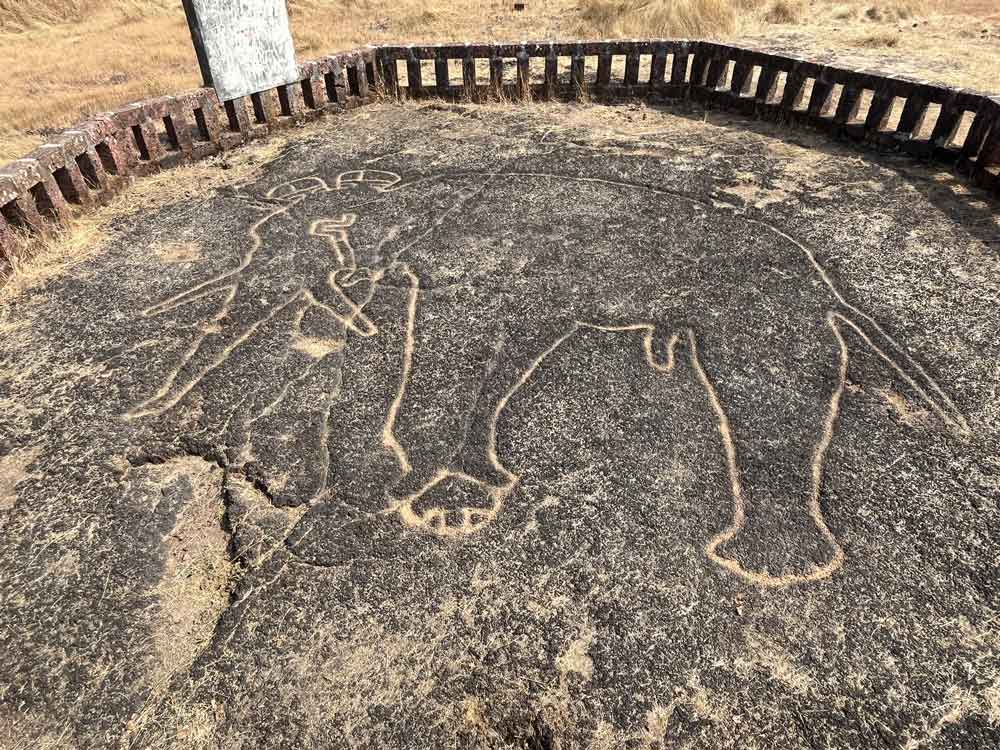The Maharashtra government designated 1,500 geoglyphs dispersed across 70 locations on 210 square km in the Ratnagiri district as ‘protected monuments’ under the Maharashtra Ancient Monuments and Archaeological Sites and Remains Act of 1960. These rock art specimens, which are spread throughout the Konkan area, are said to have originated in prehistory, at least as far back as the Mesolithic epoch, which is around 20,000–10,000 years ago. This corresponds to the transition from the Stone Age to early farming. They portray the rich and complicated interactions that exist between humans and their surroundings as well as the ancient ecosystem through anthropomorphic and zoomorphic portrayals.

It was not an easy recognition to receive. Even before the government became involved, it took the locals more than 20 years to embark on an incredible citizen archaeology project and investigate over 45 such locations. This is an impressive fleet today, with over 52 sites and 1500 geoglyphs documented throughout the 900 km Konkan coastline. Together, with many other examples documented from various parts of the nation, these recently designated protected monuments have opened up new research avenues and placed India on the map of its contemporary geoglyph sites, alongside Peru's Nazca lines and Chile's Atacama Giant.
This demonstrates unequivocally that the subcontinent followed worldwide tendencies even during prehistory. People stepped up and acted when geoglyphs became a prehistoric worldwide phenomenon.

The purposeful creation of enormous patterns on the earth's surface known as geoglyphs involves rock excavation and the removal of stone, sand, and soil. They are depictions of abstract or naturalistic forms, either as a single large form or as a group of smaller figures. They are visinle from a distance because of their size, suggesting that people were mathematically and proportionally aware.
For an extended period, there were no geoglyphic specimens found in India, despite the nation's rich history of rock art that displays indigenous and regional diversity. While places like Madhya Pradesh's Bhimbetka are well-known for their painted motifs on rocks, and Ladakh is full of petroglyphs—etched patterns and designs on the surface of rocks—the enormous abstract or figurative geoglyphs, which are regarded as ‘a remarkable open-air ensemble’—were absent from the subcontinent's ancient past.

Only in the 1980s, when living 15 km from Ratnagiri in Niwali, did an enthusiast notice abstract relief patterns and markings along the side of the road. The unusual patterns seen on the surface of the soil were discovered by engineer and Petroglyph environmentalist Sudhir Risbud, who unlocked a new chapter in the prehistoric history of the Konkan region and cleared the door for further research. During the course of the next 25 years, 42 geoglyphs were found in the region by Risbud and his buddy Dhananjay Marathe's research at additional unidentified locations. This project was funded by a large number of enthusiasts and volunteers who contributed to the research, making it an outstanding example of citizen archaeology.

Thanks to the efforts of Risbud and others, the Maharashtra government began to notice these exceptional geoglyphs in 2012, and by 2019, there were 52 locations with 1,000 geoglyphs. These ‘Geoglyphs of Konkan region,’ were added to the UNESCO Tentative World Heritage List in 2022, recognised as ‘protected monuments’ by the state government.
Image source: Newscientist, The vintage news, Architexturez, Twimg